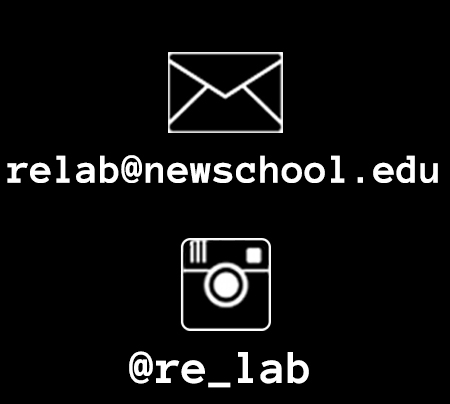Fall 2020 // Week 4 Discussion by Daniel Pemberton
In Jussi Parikka’s introduction to What is Media Archaeology? he briefly mentions the wave of past media formats which suddenly came back into vouge during the late 00’s, early 10’s. Gameboys, Walkman, portable record players, chiptune music, all found themselves back in the culture mainstream. Indie record labels began to order vinyl pressings, and even cassette tapes, en masse. Resale became a popular retail business model, subsumed under the catchall of vintage. (pg 3). This interest me specifically not only because, as Parikka points out, it seems to move counter to the market logic of ever increasing definition and broadband speed; but also because it points to a relationship between consumers and media objects which cannot be reduces to just function and instrumentality. Media objects of the past seem to stick around because we have an affinity to them, an affinity painted by nostalgia.
In his published journal A Year of Swollen Appendices ambient musician Brian Eno said “Whatever you now find weird, ugly, uncomfortable and nasty about a new medium will surely become its signature. CD distortion, the jitteriness of digital video, the crap sound of 8-bit – all of these will be cherished and emulated as soon as they can be avoided.” So, there is not only an affective/nostalgic element but also an aesthetic one. I don’t even want to get into the ways in which the word “aesthetic” has come to be used throughout Internet visual cultures and how it relates to the use of visual signifiers emulating the “failures” of past technology, some of which Eno list out. In the midst of this cultural phenomenon the use of media archaeology can be seen as a way to cut through the activation of nostalgia by media companies to further drive consumption with a set of analytical tools. Imagining alternative narratives for our current media situation is a more potent form of interaction than languishing in a stagnant nostalgia which reifies the commonplace histories.
Speaking of recurrences, we cannot overlook the work of Huhtamo and his topoi study approach to media archaeology. I am not certain if I am totally convinced by Huhtamo’s idea of the topoi (or his usage of it, at least). While his writing and thought is compelling in its scope (aided by his encyclopedic knowledge of forgotten 19th and 20th century image devices) it seems to me that the topoi is a concept so nebulous it seems to both describe everything and nothing. The identification and interpretation of recurring symbolism comes off to me as an arbitrary practice with a limited explanatory power (sure he mentions that not everything is a topoi, but then what is exactly?). It is however one way of meeting in the middle between the study of mimetic technology and its corresponding content that can save messages from being overdetermined by the channel through which they are produced or stored (in this way setting the McLuhan medium/message symmetry off kilter). For instance, I was fascinated by his ability to talk about how media-cultural phenomena both predate and outlast their material artifacts. This appears in his examples of “imaginary media” which seemingly predict a future device (telectroscope anticipating the television) and the “moving panorama,” a popular 19th century spectacle which stuck around as “manifesting perceptual experiences” (pg. 38).
There is a challenge presented in Parikka’s work, which Godard identifies as ‘bin theory,’ in which media archaeology may be tasked with finding ways to think about not only the larger media ecology, but how media technology itself is wrapped up within global ecological networks at the point of production, distribution, use, and inevitably, disuse (Godard, pg. 1773). The “rubbish heap” which media archaeology excavates need not only be a metaphor, but is a large and determinant node in the all-too-real climate crisis. The ability to think these “nonhuman temporalities” as Godard describes them is made possible in part through the workings of our contemporary, networked digital media scene in which the quotidian process of online shopping connects us to something as massive as the “steering” of global cargo shipping logistics through the mediation of algorithms performing automated managerial functions (often without our knowing). While this may seem out of the purview of media archaeology at first, the ecological turn allows for a connection to be made between such topics as rare metal mining (production), planned obsolescence (design), use patterns, and e-waste (use/disuse). These dynamics arise and can be studied within the framework of questioning their “conditions of existence” in a matter which grounds analysis in material concerns. In this way, media archaeology is never simply about the past, but also materially connected to our future.
Sidenote: Here is a fun little video of Huhtamo giving a tour of his UCLA office, as you can imagine it is filled with old media artifacts (including some of the ones we are currently working on producing):
https://www.youtube.com/watch?v=Ks9tyaft7Gs&ab_channel=DailyBruin


